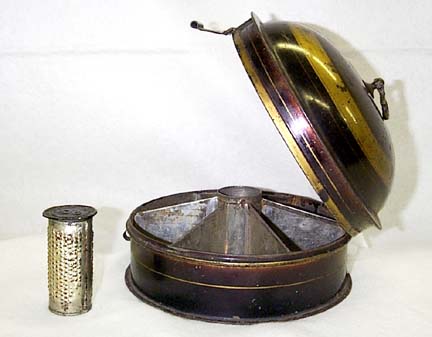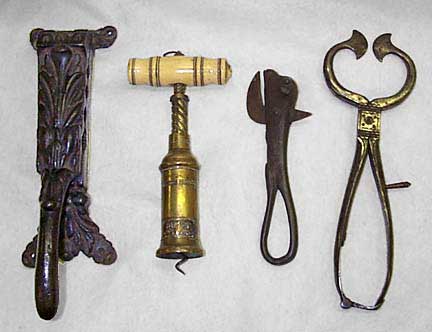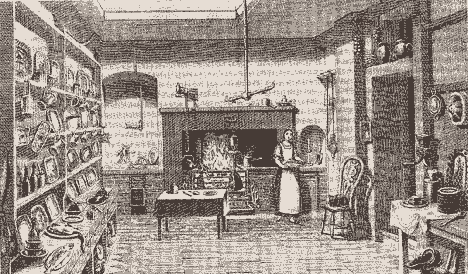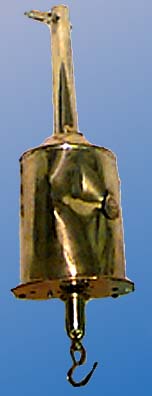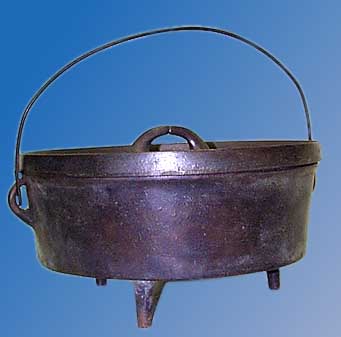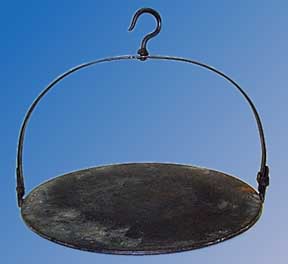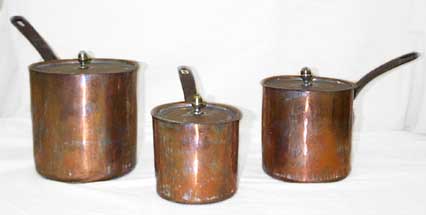
 VICTORIAN
KITCHEN TECHNOLOGY
VICTORIAN
KITCHEN TECHNOLOGY
![]()
The Industrial Revolution brought many changes to people's daily lives, including changes in what people ate and how they preserved and prepared food. Although often overlooked by historians, these changes eventually led to a new cuisine and social concepts.
The British Empire was largely built upon the increasingly important spice commerce, and as more and more British citizens began to use imported, exotic spices, traditional British cuisine and British culinary habits also changed. Spice boxes, for keeping a variety of these condiments, became standard items in most kitchens.
|
Spice box of Japanned tin. Gold border, radiating compartments, center hole with nutmeg grater engraved "ORME EVANS & CO WOLVERHAMPTON." A fancy spice box like this is shown in Brompton Catalogue of 1895 from Harrod's Stores. CAS 0389-1139 |
![]()
Before the Victorian Era , food preservation techniques such as salting, pickling, drying, and smoking had changed little. The theory of canning was first developed in the 18th century with "dried soups" that were made by reducing stocks to a "glue" that could be reconstituted when needed, but they never attained much popularity outside the navy. However, by the 1880s, largely in response to Pasteur's theories about disease and putrefaction, scientists experimented with chemicals to kill germs and bacteria in food. These early attempts often proved fatal to those who ate the "preserved" food, but legislation to control the use of chemicals for preserving food was not developed until 1901. The first tin cans in which preserved foods were packaged came with the simple instruction, "Cut around the top outer edge with a chisel and hammer." It is little wonder that a new kitchen device, the can opener, soon was invented (see illustration).
Storage of wine in bottles remained virtually unchanged during the 18th and 19th centuries, but new kitchen tools associated with it were always being invented or improved. Shown below is a cast iron corkshaper for reshaping corks to fit different sized bottles, and a Thomason corkscrew, patented in the 19th century in England.
|
Cork-Shaper (far left). Cast iron with acanthus leaf. These were
used in 19th century kitchens and pharmacies. Their function was to
reduce the size of a cork before closing a bottle. Hallmark: Unknown
& "LONDON." CAS 0389-1141 |
![]()
|
|
|
| By the 19th century, kitchen ranges (both open and closed) were introduced not only into upper-class houses but also into the houses of the middle and working classes. Over open fires most items were usually suspended from iron hooks, as shown in the photographs above and to the right. Another tool, called a bottle jack, had in internal timer which controlled the height at which a cooking vessel was suspended above the fire. | 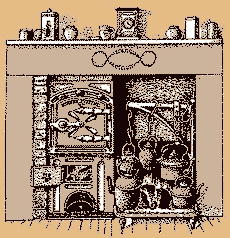 |
|
|
Brass Bottle Jack (left). Named for its overall shape, this device has an internal timer. One like this is in a 1895 Harrod's Stores catalog. CAS 0389-1059 |
| Cast Iron Dutch Oven (right). Known in Yorkshire as "yetlings," such items were used as ovens to make cakes. CAS 0389-1144A,B |
|
|
|
Iron Backstone (left). Used to make oatcakes. CAS 0389-1146 |
 |
Open fires and kitchen ranges were very labor intensive. Coal had to be carried in and ashes later removed, and someone had to rise early to light the stove and tend it during the day. It was difficult to control the temperature for even cooking and baking. These problems were partly addressed when gas was first introduced in the 1880s into urban England on a wide scale. Thereafter, coal gas stoves were used for cooking while open fires and ranges were used to heat rooms and to provide hot water. Gas stoves allowed for better temperature control and a clean fire, and despite the fact that they often imparted an unsavory flavor to food, their use spread very rapidly in urban areas between 1880 and 1930. In many households however, the closed ranges often coexisted with the gas cooker (gas ring). |
|
Three tin copper pots made in France but exported to Great Britain.
Hallmark: "MADE IN PARIS FOR E.BONNET 550 DEAN ST LONDON W."
These pots were a common shape in "batterie de cuisine" used
both in open and closed fires, also with gas and electric ranges. The
copper had to be carefully tinned on the inside to prevent the release
of copper acetate when acidic foods were cooked. |
The change from gas stoves to electric stoves and ovens began in the 1890s, but its progress was slow because of electricity's high cost and the general unavailability of electrical supplies in much of Great Britain.
The changes in kitchen technology discussed above also resulted in changes in kitchen staffs. At the beginning of the 19th century a middle class house may have employed from three to ten servants, but by the end of the century and beginning of the 20th century, gas and electric stoves had dramatically reduced the size of the serving staff required in a household of the same size.
 BIBLIOGRAPHY
BIBLIOGRAPHY
| BREARS, PETER Traditional Food in Yorkshire, Edinburgh, John Donald Publisher Ltd. 1987 |
| BERRIEDALE-JOHNSON, MICHELLE The Victorian Cookbook. New York, Interlink Books. 1989 |
| FENTON, ALEXANDER & ESZTER KISBAN Food in Change. Eating Habits from the Middle Ages to the Present Day. Edinburgh, John Donald Publisher Ltd & National Museums of Scotland. 1968 |
| LINDSAY, J. SEYMOUR Iron & Brass Implements of the English & American House. Bass River, Carl Jacob. 1964 |
| WILLS, GEOFFREY The Book of Copper & Brass. Guildford & London, Billing & Son. 1968 |
 |
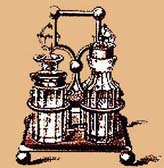 |
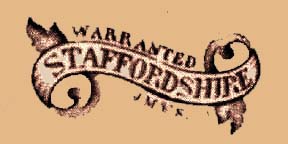 |
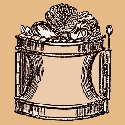 |
|
| Kitchen Technology | Silversmithing | Blue & White Crockery | Food Molds | Victorian Kitchens Home |
